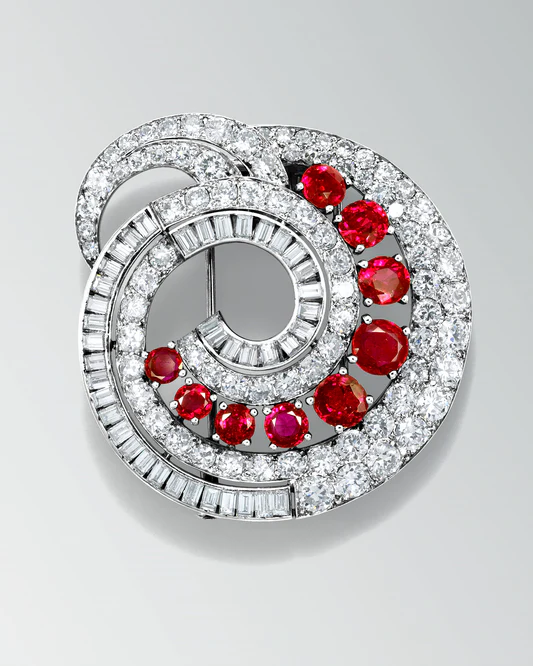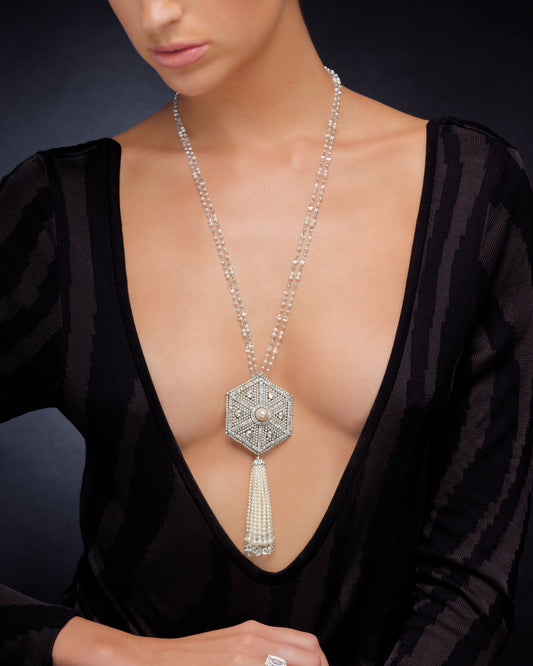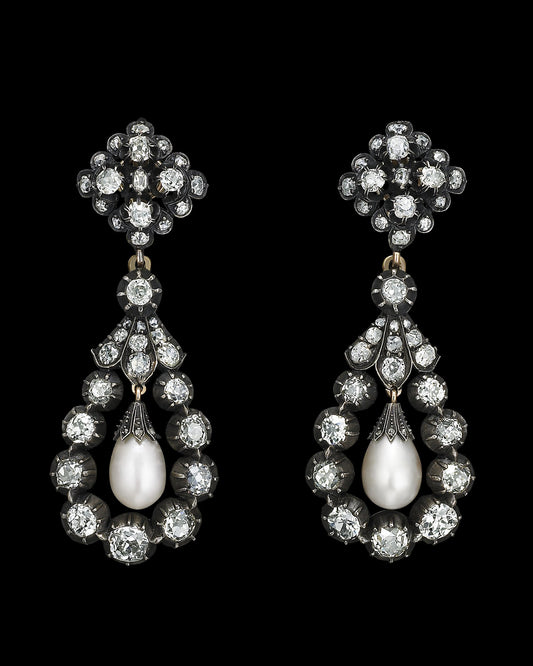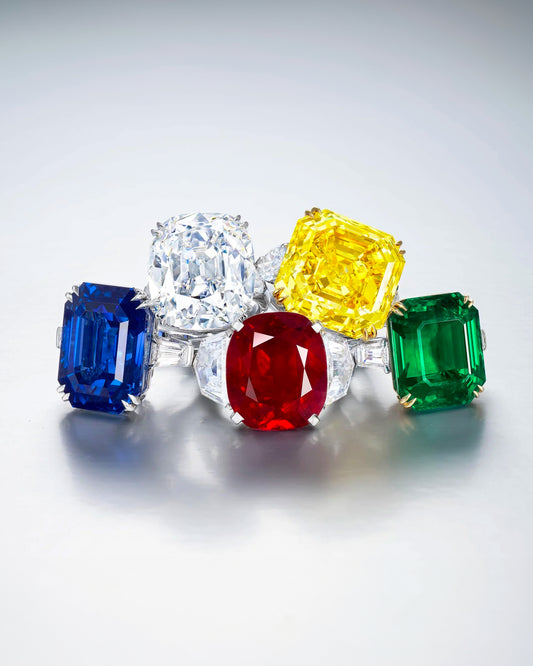
Here’s what to consider when safely storing your jewellery
The journey toward becoming a confident collector doesn’t stop the moment a piece is purchased. The importance of safely and securely storing jewellery, both at home and while travelling, is something we discuss in detail with our clients. There are questions we’ve come to expect from new and established collectors alike, including ‘which safe is safest?'
Our experience as collectors and active traders ensures we lead by example. The answers to your frequently asked questions below reflect our own methods of storing and caring for jewellery. These best practice principles will help you avoid the biggest pitfalls, such as poor safe installation and relying upon in-room hotel safes, and will allow you to become a more assured collector.
Is having a safe a necessity?
We recommend using a safe regardless of the size of your collection. In fact, it’s worthwhile having two; one that’s smaller and more accessible with a digital keypad for everyday jewellery and another more heavy-duty option for secure, long-term storage. For the latter, you could also consider a bank safety deposit box.
What distinguishes one safe from another?
It’s true that not all safes are created equally. Of course, you will need to consider size but there are more nuanced factors beyond this. A grading system such as the European Standard EN1143-1 classifies a safe’s ability to resist burglary on a scale of Grades 0 – VI.
Resistance is tested based on the amount of time it takes to gain partial or full entry to the safe. The testing agency’s badge should be found on or in the safe. It is important to look for safes with a recognised grade or accreditation for peace of mind. Some unrated home safes may appear secure but are easy to break into with simple tools. Note, some safes also have fire ratings which classify how long a safe can endure a fire of a given temperature, but this is separate to the EN1143-1 security standard.
Which certification level or grade should my safe have?
This will depend upon multiple factors, such as the size of your collection, its value, and its eventual location. The expectations and demands of your insurer may also influence your decision. Grade 0 – VI safes are accompanied by a ‘cash rating’ that indicates the amount of money or valuables they are designed to protect from tens of thousands of dollars to 1.8 million US dollars. See table below [figures approximate].
Eurograde 0 – Cash rating of US$7,000, and a valuables rating of US$70,000.
Eurograde 1 – Cash rating of US$12,000 and a valuables rating of US$120,000.
Eurograde 2 – Cash rating of US$20,000 and a valuables rating of US$200,000.
Eurograde 3 – Cash rating of US$40,000 and a valuables rating of US$400,000.
Eurograde 4 – Cash rating of US$70,000 and a valuables rating of US$700,000.
Eurograde 5 – Cash rating of US$120,000 and a valuables rating of US$1,200,000.
Eurograde 6 – Cash rating of US$180,000 and a valuables rating of US$1,800,000.
What’s the most secure method of locking my safe?
There are three main types: a mechanical dial, an electronic keypad, and a biometric fingerprint-reading lock. Collectors are often guided by their personal preferences, but there are still some important things to consider. For example, traditional mechanical dial locks have remarkable longevity and are the most secure, but digital keypads are easy to use and repair should anything ever go wrong. We suggest either a mechanical dial or an electronic keypad safe.
Battery-operated safes are often simple and convenient, but they can pose a risk. We will always remember the story of a woman who opened her safe to discover the batteries were low. She decided to go out and purchase some replacement batteries but left the door to the safe open. When she returned home, she discovered her safe had been robbed. The lesson here is, always have spare batteries and keep them near your safe.
Where should a safe be located?
A safe should never be in plain sight. We recommend that it be hidden behind a concealed door and bolted to the floor or wall. In fact, Eurograde rated safes weighing less than 1000kg must be bolted to the ground, otherwise the test certificate is null and void and you will not be able to make an insurance claim. Note, even if a safe is heavy and difficult to manoeuvre, it is still at risk of being stolen. We know of instances where entire safes were wheeled out of residences on trollies, so fixing them in place is critical for security.
Where and how should I store my insurance papers and gemmological reports?
Documentation about your jewellery must be stored separately so you have proof of what has been taken. We recommend that certificates and insurance paperwork be stored in a fireproof location alongside other documents like passports and birth certificates. We also suggest keeping digital copies of all relevant documents handy so they can be easily accessed when needed.
How should I organise and arrange my safe?
The primary purpose of a safe is to secure your jewellery, but it is also where your pieces will be stored. Arranging the contents of your safe uniformly means enjoying your collection to its best advantage while ensuring pieces are well cared for. Firstly, don’t overcrowd your safe. It is far easier to spot something is missing when a safe’s contents are tidy. Trays, drawers and compartments keep pieces separate and well organised, whether by colour, jewellery type or how frequently they are worn.
We advise against using large jewellery cases because they take up space and conceal what’s inside. The solution we offer our collectors is transparent pouches so they can easily see their pieces when selecting what to wear.
What should I do when travelling with my jewellery?
Never rely upon a hotel room safe when travelling with your jewellery. They can be easy to break into and typically have a very low insurance value. Instead, we suggest you always keep your pieces in the hotel lobby safe, which is always monitored by CCTV and has much higher coverage in the event of theft.
The start of a New Year is the perfect opportunity to rethink the security of your jewellery. Knowing your pieces are safe and well-organised is essential to becoming a more confident collector. We know this because of our own family story, which spans nearly 100 years, and our own tried-and-tested methods for securing jewels that are worthy of collection.









